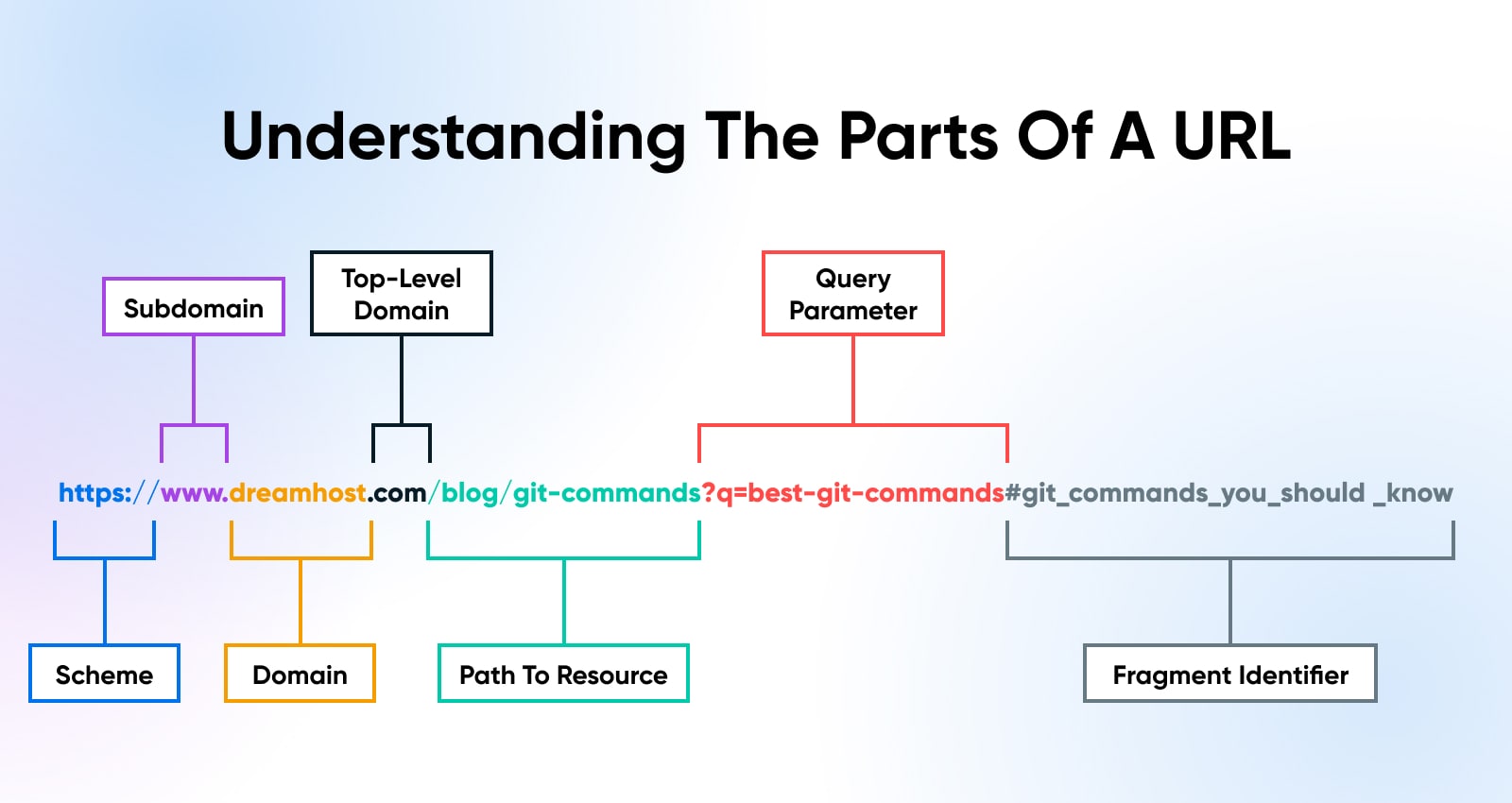UNIFORM RESOURCE LOCATOR (URL)
The Uniform Resource Locator (URL) is one of the most fundamental concepts of the internet. It serves as the address system for the WWW, allowing users and applications to find and access resources across a wide network. Since its invention in the early 1990s, the URL has developed in both structure and purpose, adapting to the demands of the WWW.
The URL was developed by Tim Berners-Lee as part of the original architecture of the WWW at CERN. As Tim Berners-Lee developed HTML and HTTP, there was a realization that there was a need for a consistent, standardized way to reference documents and resources. The URL provides a simple syntax that combines protocol identification with resource location.
The URL system borrowed ideas from existing protocols such as FTP and Gopher but later extended into a universal addressing mechanism. It allowed people to link to documents, media, applications, and even data queries across different servers, regardless of location. URLs have become essential not only for technical functionality but also for human usability.
Components of a URL
A URL is made up of several distinct components, each with their own unique function:
- Scheme: The first part of a URL specifies the protocol used to access the resource (e.g., http, https, ftp, mailto). It tells the browser or client how to communicate with the server.
- Host: This indicates the domain name (e.g., www.example.com) or IP address where the resource is located. The host component is essential for routing requests across the internet.
- Port: Sometimes, a specific port number is specified if the server uses a port other than the default (e.g., :8080).
- Path: The path specifies the exact resource within the host server. For example, /index.html or /products/item123.
- Query: A query string (starting with ?) passes additional parameters to dynamic pages. For instance, a search query might look like ?q=history+of+http.
- Fragment: The fragment (starting with #) identifies a specific section within a resource, such as a heading in a long webpage (#section2).
The URL has evolved as a simple yet powerful invention, important to the usability and scalability of the World Wide Web. It connects users to resources, binds together services, and empowers the digital economy. Its design, flexibility, and evolvability have helped maintain its relevance even as the web has transformed dramatically from its early academic origins into today’s interconnected, global system.
